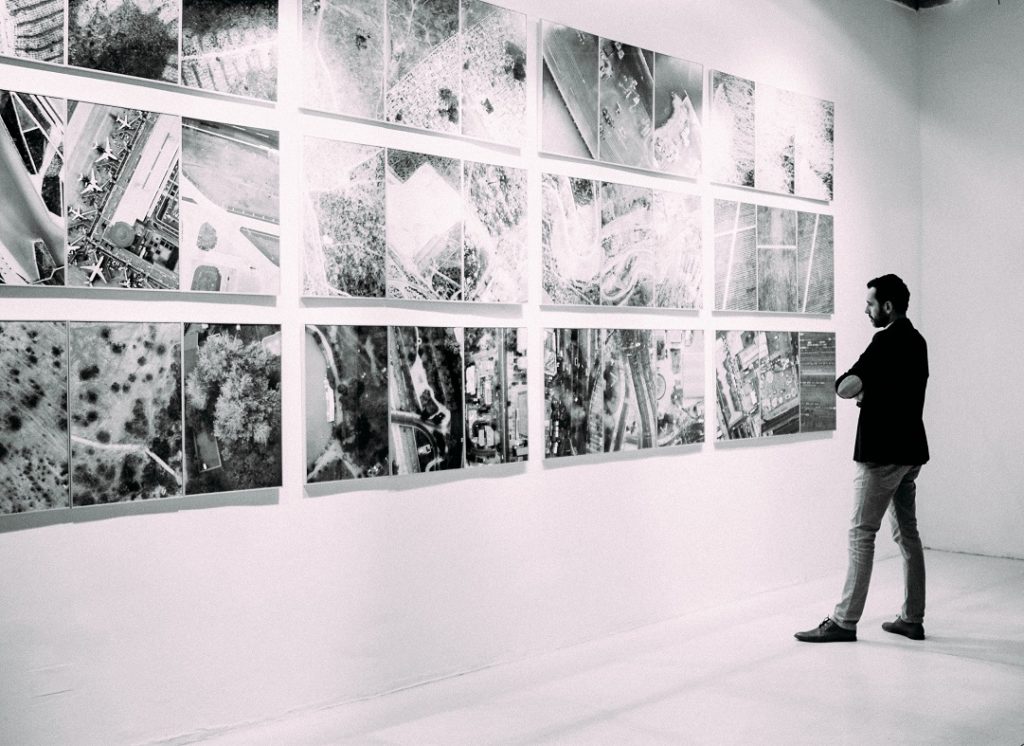
If you’re looking for the best format for a picture of any kind, you’ll be disappointed. Each image file format has its own merits. One size doesn’t fit all, so you shouldn’t assume because one format is excellent in one field, it means it will excel in others as well.
Now, let’s have a look at which format is best for what purpose.
Best Image Format For Prints
For small prints the format you use hardly matters. The difference in quality shows when you print 5R or more. Even then the resolution of your images still matters most than the type of image file. Higher resolution images have more detail to print than lower resolution images.
As an example, for A3 prints at 300 dpi, you need a 4:3 image with at least 3508 x 4961 pixels resolutions. If you shoot the image with a 5MP camera at 4:3 ratio, you only get a 1280×960 pixels image. There won’t be enough pixels to fill all that paper without stretching the image.
Anyway, as far as file format is concerned, you better save your best shots as RAW at the highest resolution. From there, you’re free to convert it to any image format both lossy and lossless.
Best Image Format For Stock Photography
Most photographers sell their photos in JPEGs. The main reason is that JPEG support is ubiquitous. Practically any device can display JPEGs with no hassle at all.
People who buy stock photos rarely want the trouble of playing with RAW image format. Stock agencies also rarely prefer RAW because the file size is much larger than a JPEG. And since different camera manufacturers have their own RAW formats, managing those RAWs will be tedious.
Best Image Format For Web Use
For adding pictures to your website, JPEG is still the number one choice these days. However, WebP is gaining momentum. It may take a while until WebP becomes the norm although it does have an advantage in terms of performance and features. You’d do well to learn more about this format.

Best Image Format For Archiving
TIFF has been the go-to choice for archival photography. The reason is mainly that it provides the highest quality image when saved using lossless compression. Lossless compression is a must when you want to use as little disk space as possible yet retain every little detail.
Best Image Format For Signs and Banners
Large signs and banners will look terrible when you use JPEG images that have plenty of artifacts. Vector-based image formats such as EPS are the better choice for extra-large prints since they contain directives to draw an image instead of the image itself.
EPS stands for Encapsulated PostScript and it’s the format used by Adobe Illustrator (AI). AI is the choice of many designers when designing logos, blueprints, signs, and banners that must remain sharp at any resolution.

Follow us